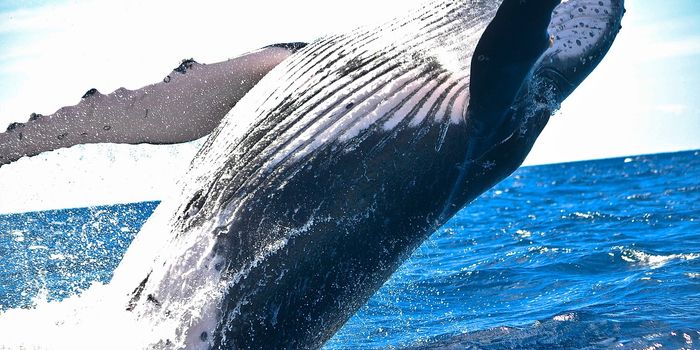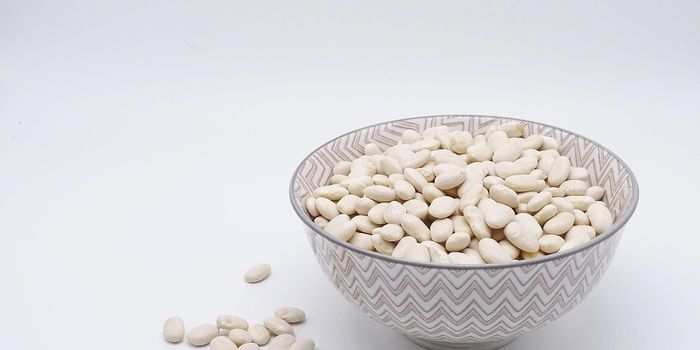Kakapo Parrot Chick Undergoes Life-Saving Brain Surgery
The kakapo parrot (Strigops habroptilus), recognized by the International Union for Conservation of Nature (IUCN) as a critically-endangered species on the organization’s Red List of Threatened Species, just recently witnessed one of its best breeding seasons in recent memory as per new data amassed by the New Zealand Department of Conservation. Great news, right?
Image Credit: Massey University
Well, yes… but protecting a critically-endangered species goes well beyond mere conservation tactics. Animals sometimes sustain injuries in the wild, necessitating specialized veterinary attention to ensure their survival. Perhaps unsurprisingly, one needn’t exclude the kakapo parrot from this general rule of thumb.
As ecologists were perusing the birds’ natural habitat as a part of their routine conservation work, they happened upon an oddly-behaving kakapo chick named Espy 1B with an unusual lump on the top of its skull. Upon closer inspection, it was evident that the bird needed medical attention, and fast.
Related: Bird beak shapes aren't influenced by feeding behavior, study indicates
Because there are fewer than 150 adult kakapo parrots in the wild today, the situation was handled almost as seriously as it would have been if a human were suffering a life-threatening condition. Losing this kakapo chick wasn’t an option, as it would be a significant setback in terms of conservation.
Espy 1B was rushed to Massey University's Wildbase Hospital where experts could get a closer look and operate if necessary. There, hospital director Professor Brett Gartrell determined that the chick’s brain had herniated out of the skull and was nearly exposed to the elements. A surgical procedure was then deemed necessary to save its life.
“The plates of its skull had not completely fused, and the fontanelle was still open,” Gartrell explained. “This condition could be life-threatening for the critically endangered bird, so action needed to be taken.”
Related: New Evidence for climate change-driven extinction in tropical birds
Such an advanced surgical procedure had never been performed on an avian species before, but the surgeons carefully followed the procedure guidelines for a human, apparently tweaking their process for the smaller bird’s skull shape and size.
Due to the precarious circumstances, no one knew for sure how Espy 1B would fare after the procedure. Fortunately, the chick appears to be making a “remarkable recovery” and will soon be ready to leave veterinary care.
Source: The Telegraph, IUCN









